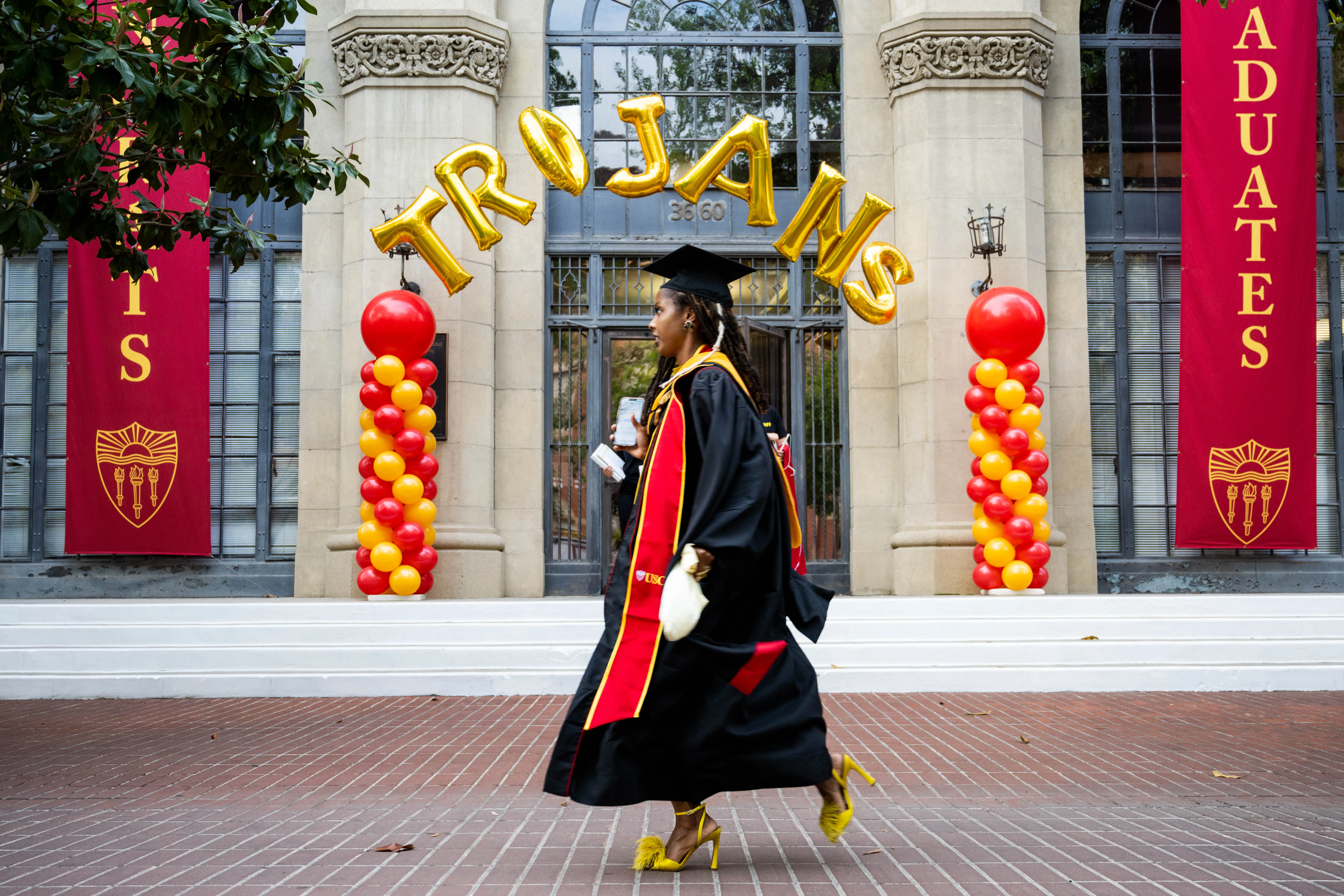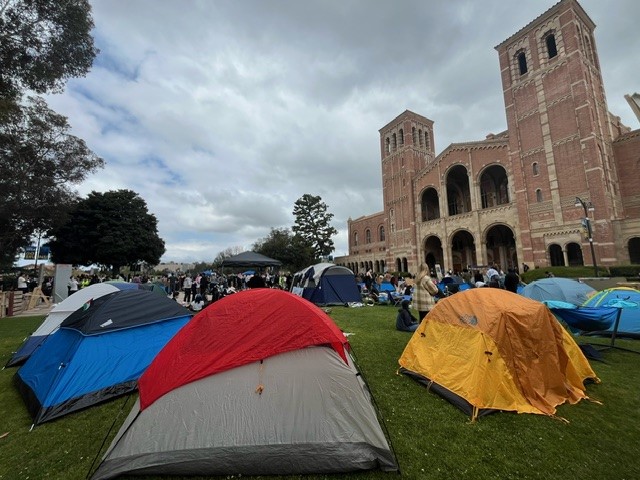KNBC has received a lot of emails since we aired two reports in November 2015 about contamination found at The Brandeis-Bardin Institute near Simi Valley. Viewers have asked us to summarize our in-depth investigation, the voluminous amount of data we gathered, and to clarify the main questions we have posed to the owners of Brandeis, the American Jewish University, for which we have not yet received answers. So we've prepared this fact sheet summarizing our investigation.
KNBC's investigation concerning The Brandeis-Bardin Institute (BBI) began after we aired a September 2015 report about the history of nuclear accidents at the Santa Susana Field Lab. After that report, KNBC received emails from people with long associations to BBI, urging us to investigate contamination on Brandeis land. Those people included two former BBI directors, three former senior managers, and former board members. They all told us they had asked former BBI Board chairs — Helen Zukin and Judge Joseph Wapner — if they could see the decades of environmental tests that had been conducted, but were told they could not see that data.
The Brandeis-Bardin Institute is next door to the Santa Susana Field Lab, where a partial nuclear meltdown occurred in 1959, as well as other nuclear accidents, and where decades of rocket testing occurred between 1947 and 2006. These activities resulted in contamination of Santa Susana, as documented by the US EPA, the US Department of Energy, and Boeing.
Environmental tests have found radioactive and chemical contamination has migrated from Santa Susana to Brandeis, contaminating its soil and water. Since at least 1991, BBI had its own consultant routinely testing its water, soil and vegetation. AJU has said in recent statements that based on these tests, “Brandeis-Bardin is safe.” AJU has declined to share with KNBC, or the public, many of those tests done by its consultant.
The former BBI associates who contacted KNBC said their concerns began in 1995, when Brandeis filed a federal lawsuit against the owners of Santa Susana, including Rocketdyne — alleging that "harmful" radioactive materials and toxic chemicals from the Field Lab had contaminated Brandeis soil and water. Brandeis settled that suit confidentially in 1997. Read that lawsuit here and the settlement here.
KNBC retrieved records from the lawsuit, and found documents such as a 1997 report prepared for BBI by its longtime environmental consultant, Joel Cehn. In that report, based on years of tests, Cehn wrote: “Brandeis property is contaminated, at both the surface and subsurface, with radiological and chemical contaminants.” “The levels of contamination are highest at the southern end of the property …” “Contaminated ground water is moving toward the center of the Brandeis property.” “Soil on the Brandeis property is contaminated with (radioactive) tritium, strontium-90 and dioxins.” “During rainwater runoff this (contaminated) soil is carried to the central and northern areas of the Brandeis property.” Read Cehn’s full report here.
Scientists from state and federal agencies told KNBC that when those radioactive contaminants land in soil in places like Brandeis, they remain "hot" or radioactive for up to hundreds of thousands of years.
Documents reviewed by KNBC suggest that there may be years of environmental tests done at BBI, conducted by their consultant Joel Cehn, that haven’t been made public by AJU, including:
- Tests on BBI soil from 1991-97, its groundwater in 1991-96, and surface water from 1992-94. Boeing mentions these tests on its website.
- AJU also has not released any tests, completed by its consultant from 1997-2005, 2008, 2010, 2015.
- AJU has released on its website test summaries for 8 of the last 24 years, but notably, did not include the lab reports, which could show specific data and methodology of the tests.
Here’s what AJU has put on its website. Documents include:
- A summary of 1996 tests on avocados and oranges, that were in the acceptable range. The tests measured for only 2 of the dozens of chemicals and radioactive materials that have been found to migrate from Santa Susana to other areas. No tests on soil or groundwater have been released for this year.
- A 2006 testing summary says samples of soil, water, weeds, milk from a dairy herd were all normal. Again, the tests looked for a total of 9 of the dozens of contaminants that could have migrated from Santa Susana, and didn’t test for some radioactive materials that migrate from Santa Susana, like Cesium and Strontium-90. A footnote to this summary says “with a larger budget I would add dioxins to the testing, but this test runs about $1000 per sample.” Dioxins are one of the toxic chemicals that can flow off-site from Santa Susana.
Also notable in this summary was a chart that shows there were tests done in 2004 (which AJU has not made public), and one of those tests found toxic perchlorate in the milk of a BBI cow (AJU has said that milk was not consumed and tests done in subsequent years didn’t find perchlorate in milk). Scientists tell NBC that finding indicates the perchlorate was likely in BBI water or vegetation ingested by the cow.
News
Top news of the day
On September 3, 2015, October 28, and November 17, KNBC asked AJU to share with us all tests done by BBI’s consultant. They declined each time. Additionally, KNBC asked AJU to meet and answer our questions about the safety of BBI, at a place and time of AJU’s choosing, and said we’d even conduct the discussion “in a public forum.” Again they declined.
Among the questions we want to ask AJU:
- Has AJU released all tests its consultant has ever done on BBI land and water? If not, why?
- AJU said on December 2, 2015 it is hiring "additional independent consultants" to do more environmental testing. Who will choose these consultants and what the process will be to select them?
- Would AJU allow the US EPA to test Brandeis soil, water, and vegetation, anywhere on the property? Ventura County Supervisor Linda Parks told NBC she believes the EPA is the only reliable government entity to do testing.
- Were children or adults at BBI in 1959, and in four decades that followed, ever at risk from radioactive fallout from the '59 meltdown, from other nuclear accidents, from the burning of radioactive waste at Santa Susana, or from the thousands of rocket tests there that emitted toxic fumes? AJU says on its website “AJU acquired the Brandeis-Bardin property after conducting due diligence.”
In its ongoing research, NBC has obtained the following tests that found contamination at BBI:
- 1991 tests done by Rockwell, then-owner of SSFL, found toxic trichloroethylene, used heavily at the Field Lab, in the groundwater in a well at Brandeis at more than three times the level allowed by EPA. The tests also found radioactive tritium in a sample of Brandeis water. (See full test memo) AJU says groundwater hasn’t been used for human consumption since the 1960s. But an EPA scientist tells KNBC that contaminated groundwater can contaminate vegetation that’s consumed by humans or animals and toxins can be absorbed through the skin. AJU has noted this contamination was on a small strip of land that Boeing (the new owner of SSFL) agreed to acquire as part of the 1997 settlement of Brandeis’ lawsuit. But KNBC found documentation that contamination was discovered after 1997, on current BBI land.
- 2003 tests done by the CA Dept of Toxic Substances Control found toxic “perchlorate” in the bathtub well on Brandeis property, at over five times the current CA standard for drinking water which was established in 2007. (See testing memo bit.ly/1OecEC2). Resampling showed some even higher readings in some samples as well as levels that were not detectable in other samples.
- The Los Angeles Regional Water Control Board fined Boeing $471,190 in 2007 for contaminated water repeatedly running off SSFL into neighboring areas, including Brandeis. (See memo about some of fines)
KNBC has also investigated some of the assertions AJU has made about the safety of its property.
- Two studies reviewed by the U.S. EPA, in 1993 and 1995, found "radioactive elements" at Brandeis. In 1995, the EPA said the levels of radiation found "do not pose a threat to human health." But the EPA has since tightened its standards of safe levels of radiation. In a letter on its website, AJU says “In 1995, the EPA determined Brandeis-Bardin to be safe.” The EPA told KNBC it has not made a determination that the entire 2800 acres of BBI is safe. EPA says it concluded that just two small remote areas of BBI near the Santa Susana fence posed no threat to human health and did not evaluate the entire property. (See KNBC’s correspondence with EPA)
- In letters on its website, AJU has said “the DTSC (Department of Toxic Substances Control) reviews Brandeis testing data regularly and has consistently found Brandeis-Bardin to be safe.” On November 17, KNBC asked the DTSC’s chief spokesman Jim Marxen, via email, “Did the DTSC confirm the safety of the Brandeis-Bardin property.” The DTSC’s Marxen said he’d get KNBC an answer, but has not, despite 7 follow-up emails from KNBC asking for an answer. On December 18, at a public meeting, Joel Grover asked DTSC Director Barbara Lee if her agency has ever confirmed that the entire Brandeis property is safe? Ms. Lee said she would get KNBC an answer, but to date has not.
In addition to the above referenced testing done by Brandeis' consultant, KNBC suggests/requests that AJU make public all evidence collected by Brandeis’ lawyers for its 1995 lawsuit against the owners of Santa Susana, concerning the claim that the Field Lab was contaminating BBI, including witness depositions, studies, and tests. Finally, KNBC would request AJU respond to questions raised by BBI families and former employees about the safety of the property.



